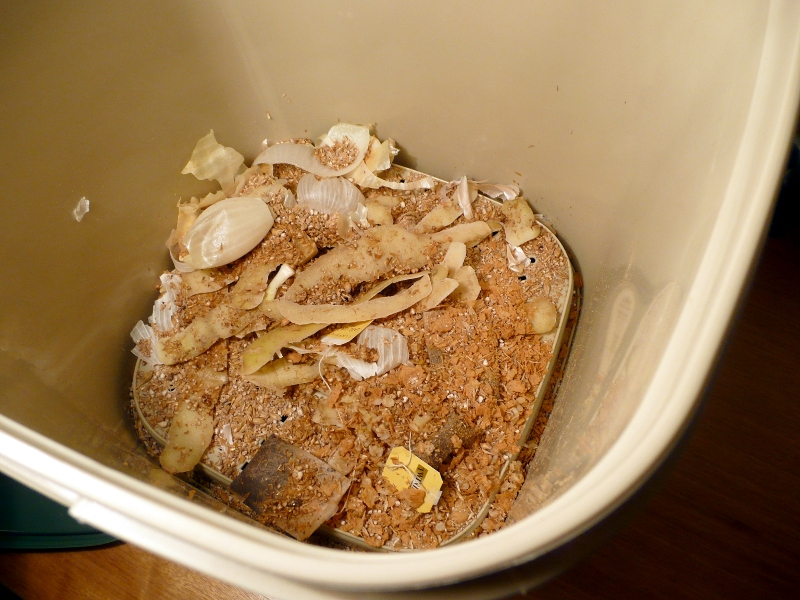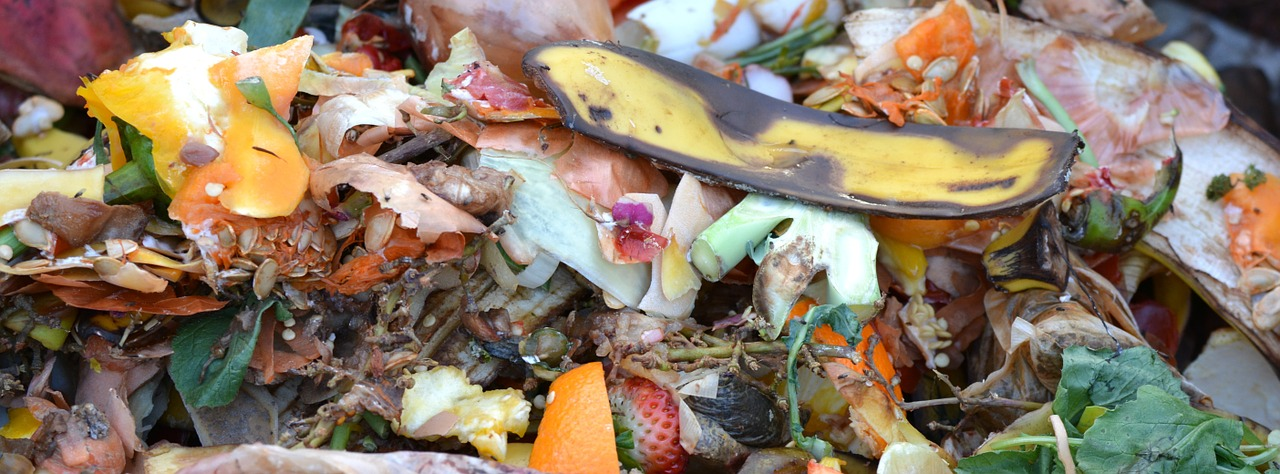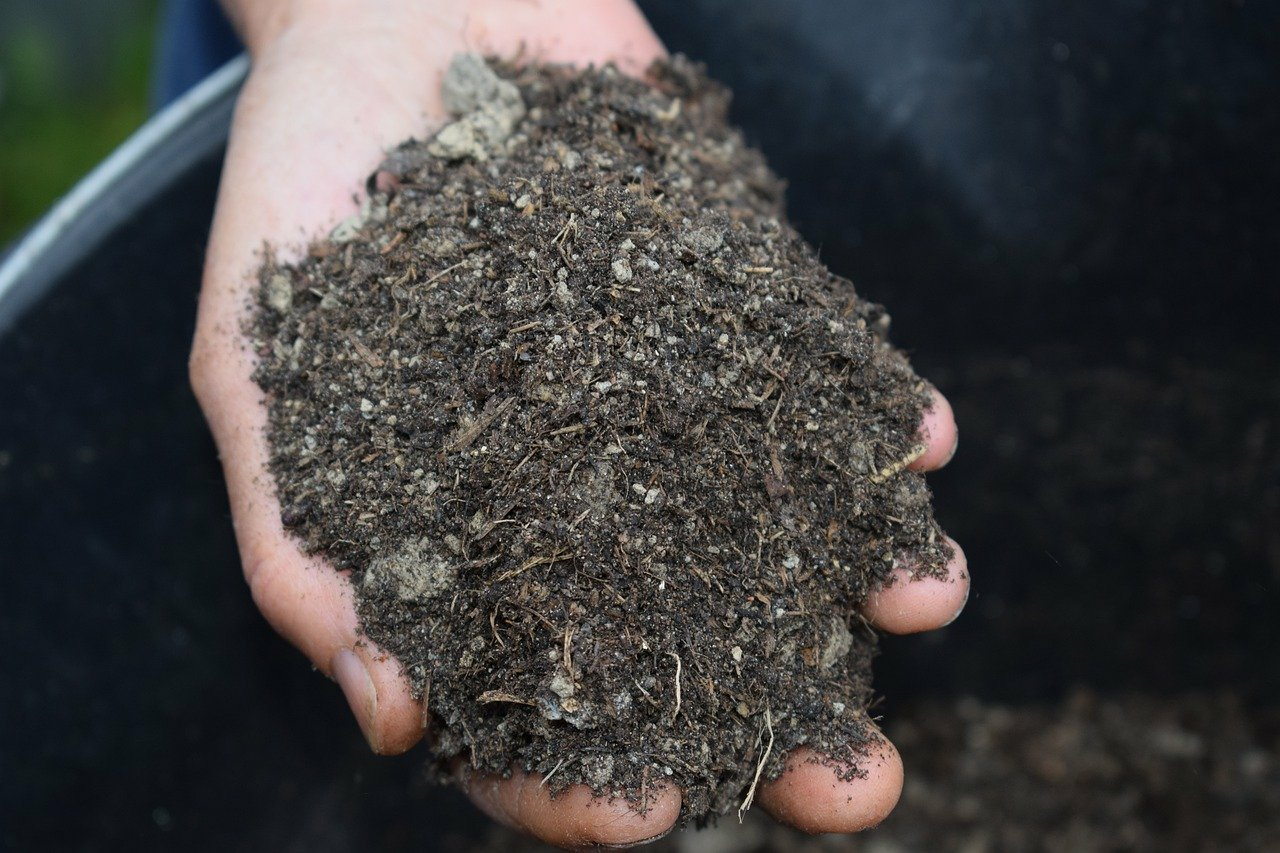Bokashi ferment: making organic fertilizer from kitchen waste
What is Bokashi?
Bokashi is Japanese and means "fermented organic waste". Kitchen waste is fermented into valuable organic fertilizer with the help of effective microorganisms. The Bokashi ferment strengthens plants and revitalizes the soil.
Material

- Effective microorganisms or Bokashi ferment in solid form
- kitchen waste
- Bokashi bucket
- spray bottle
- optional: primary rock flour
- tamper
- bags filled with sand or water
Instructions

- collect kitchen waste, cut into small pieces and spray with undiluted EM
- every three days, add a layer of kitchen waste at least 10 cm thick to the Bokashi bucket
- spray the contents with undiluted EM so that the waste is evenly moist
- optionally, primary rock flour can be added
- compact the mass with a tamper
- place bags filled with sand on top of the mass to recompact it during fermentation Repeat steps 1-6 until the bucket is full. Then seal the bucket airtight and store it in a room with an even temperature.
What can go in the Bokashi bucket?

Do's: raw or cooked vegetables, fruit scraps, bread, lawn clippings, tea and coffee grounds, flowers, leaves and unwanted weeds from the garden
Dont's: heavily moldy food scraps, material that is difficult to decompose such as eggshells and wood, animal products (these attract animals)
When is the Bokashi ferment ready?

After two to three weeks, the ferment is ready. It should then have a sour to sweet-sour smell and a pH value of around four. Mixed with soil (ratio 3:1), you can work the solid part of the bokashi into your beds. The juice can be diluted and applied to the leaves as a natural plant protection.
Titelbild von von Jennyjohansson auf Pixabay.
